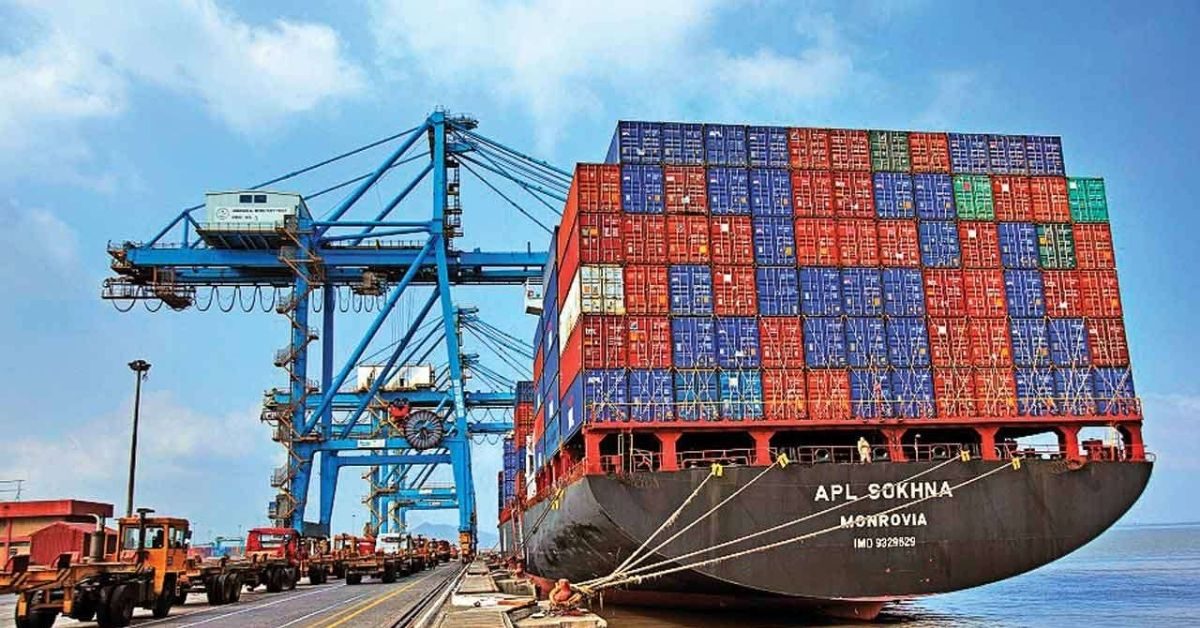For mainline and long-haul connectivity, Indian cargo owners from Chennai and Kolkata are rerouting their shipments to Nhava Sheva at JNPT or Mundra instead of opting hubs or the intermediate ports in south Asia such as Colombo in Sri Lanka, Singapore and Port Klang in Malaysia.
The driving force for shippers to choose these ports rather than their long-time supply chain pursuits away from transhipment is mainly because of the introduction of block-train services by major container lines, especially Maersk, to connect the eastern interior with west India gateways.
The reason for alteration in shipment ports is because of change in the market. As more shippers tend to shift cargo away from Colombo, or other hubs caught up in lingering congestion and sailing reliability issues.
“The shipments are slowly moving in and out from Kolkata to Nhava Sheva, and this trend will likely continue, at least, for the next three to four months, as the vessel space is not fully open,” another shipper said.
Shipping goods via Nhava Sheva presented some ocean transit time advantages in the current scenario, subject to the final destinations. However, this trend becoming a permanent part of their supply chains seemed unlikely, although currently, a few east coast shippers had lately opted for Nhava Sheva/Mundra.
In order to play catch-up with competitors, Hapag-Lloyd, another premier shipping line in the region, too has fielded block-train offerings from India’s eastern interior. It has introduced it from the Tondiarpet Inland Container Depot, near Chennai, to JNPT.
At Mundra, those cargo changes have largely come via coastal shipping networks. For JNPT, which is making all-round efforts to keep away the regional competition, incremental volumes from the eastern market have undoubtedly become an extra sweetener to not only protected its existing market share, but also build on that. But it’s also a fact that supply chain holdups for Indian east coast shippers were not just a consequence of Covid-19, but had been connected to port productivity inefficiencies surrounding draught limitations and shipping lines’ concern over the availability of cargo sufficient to make a direct call workable or profitable.








